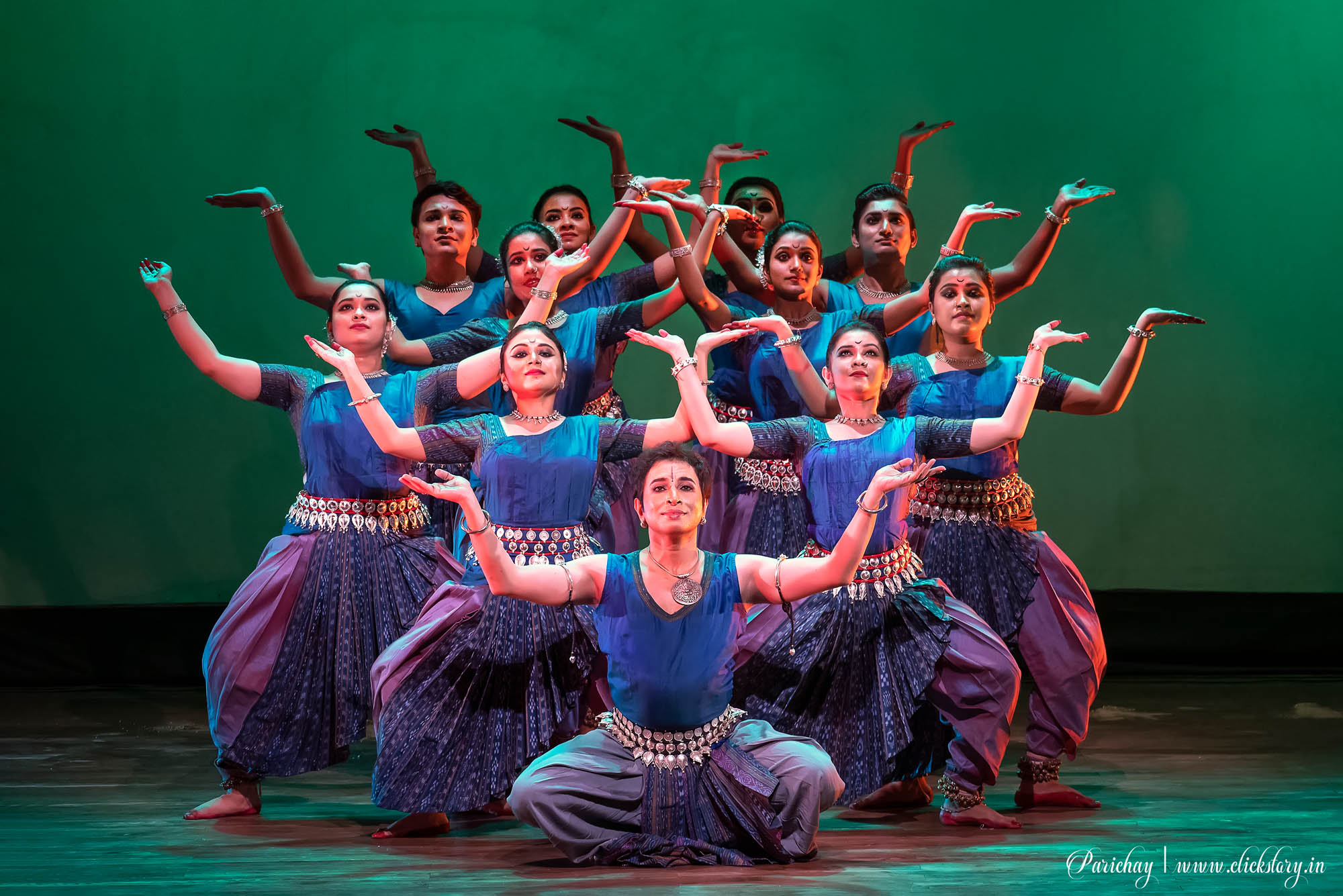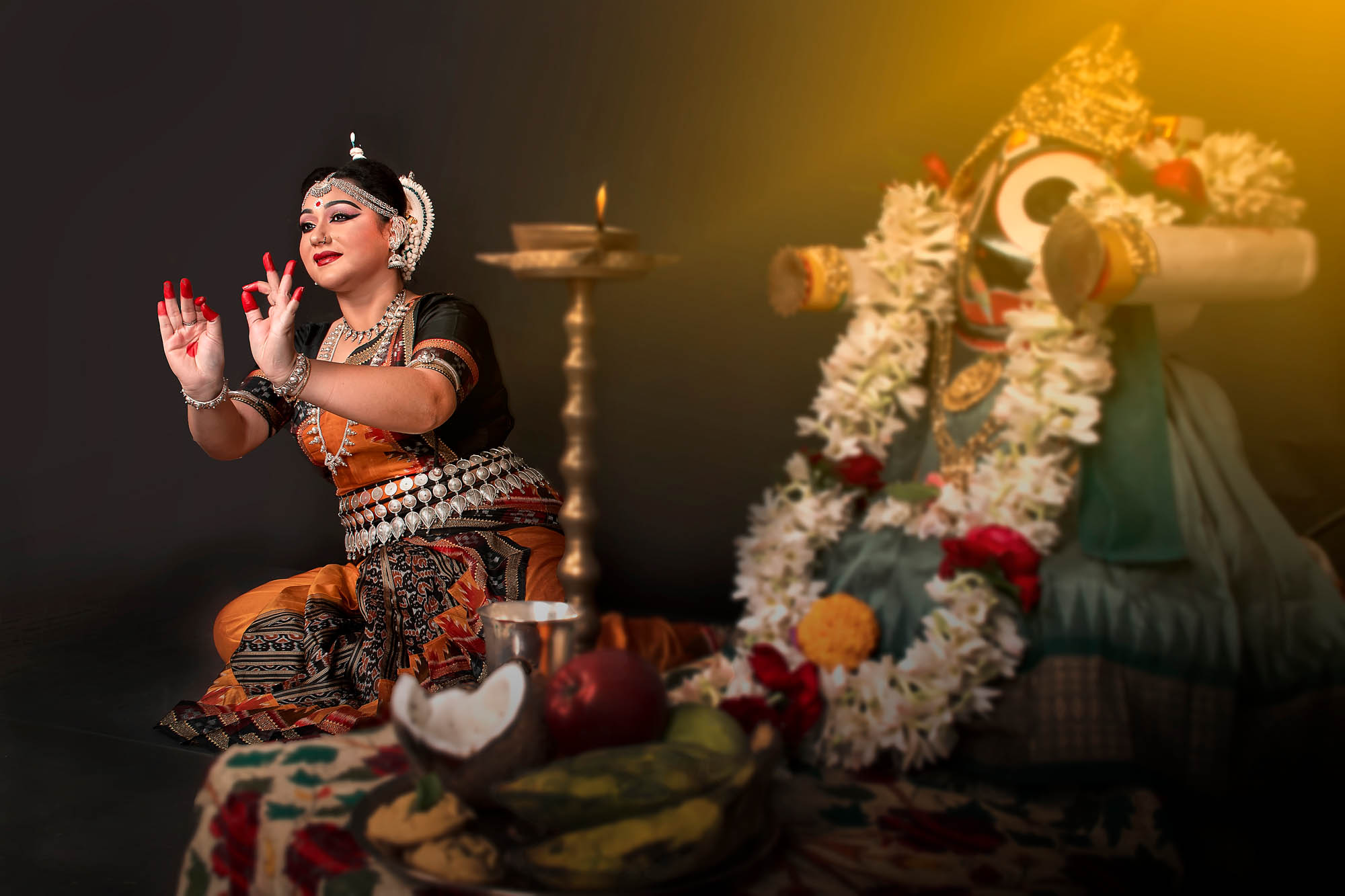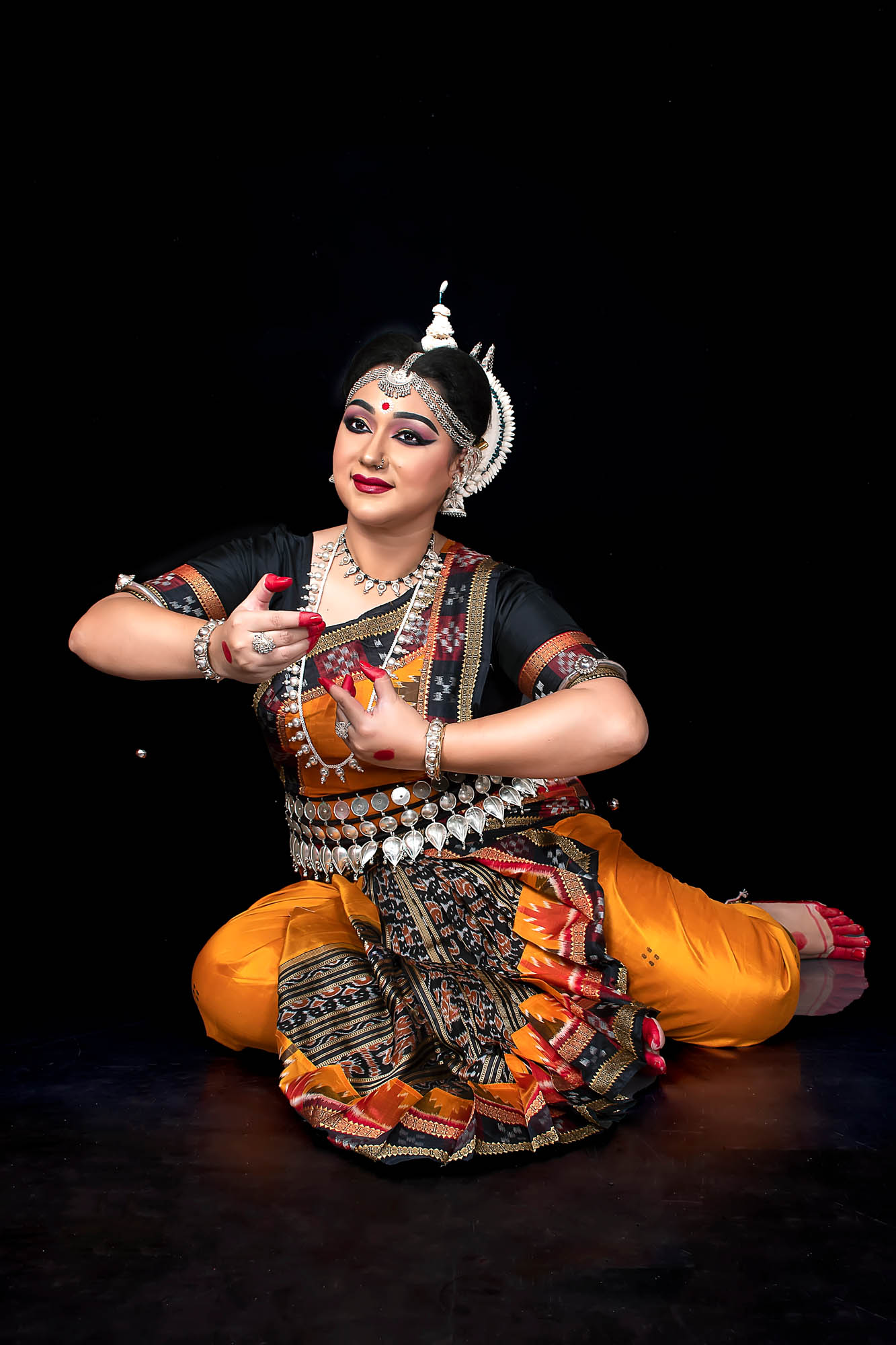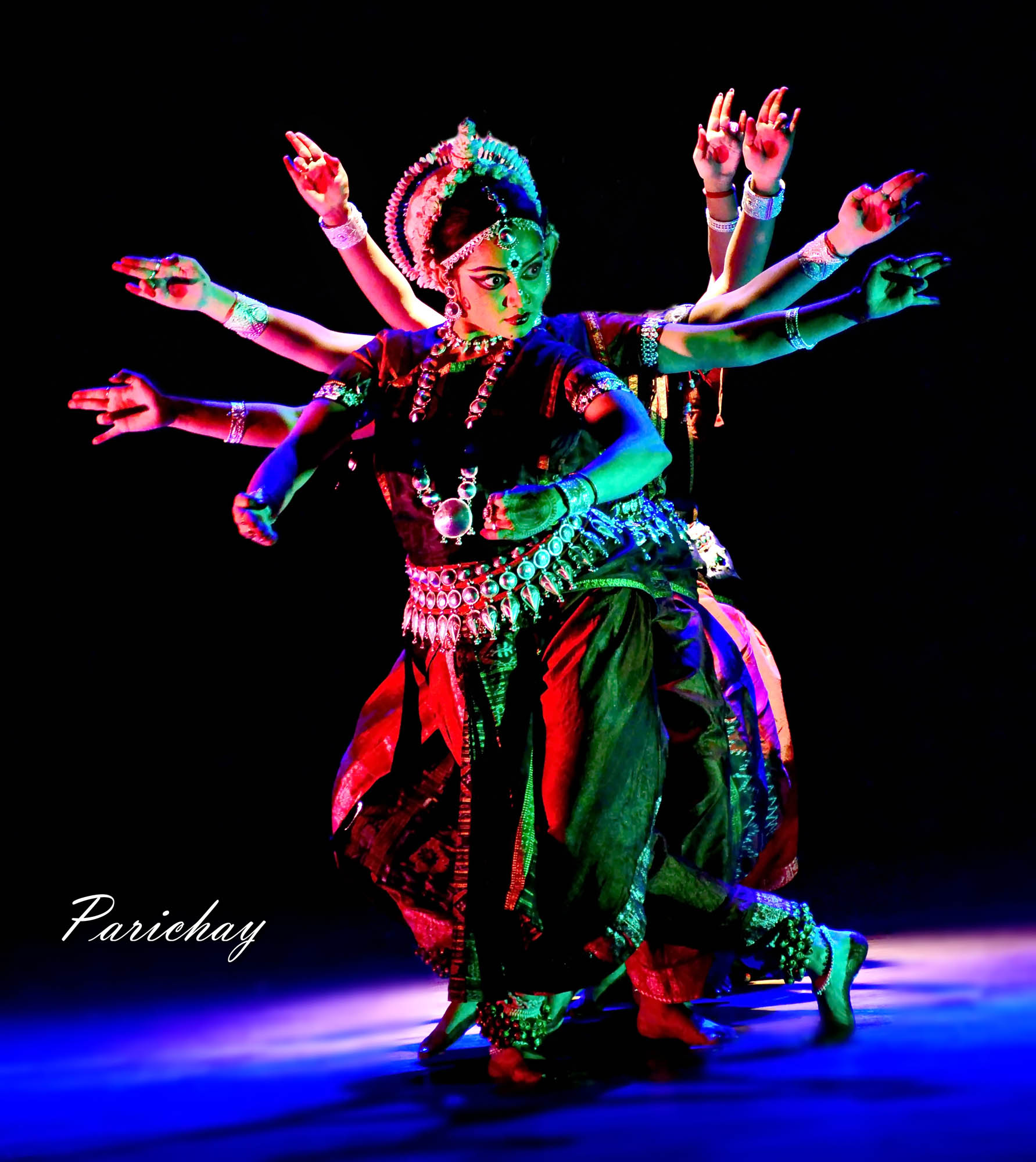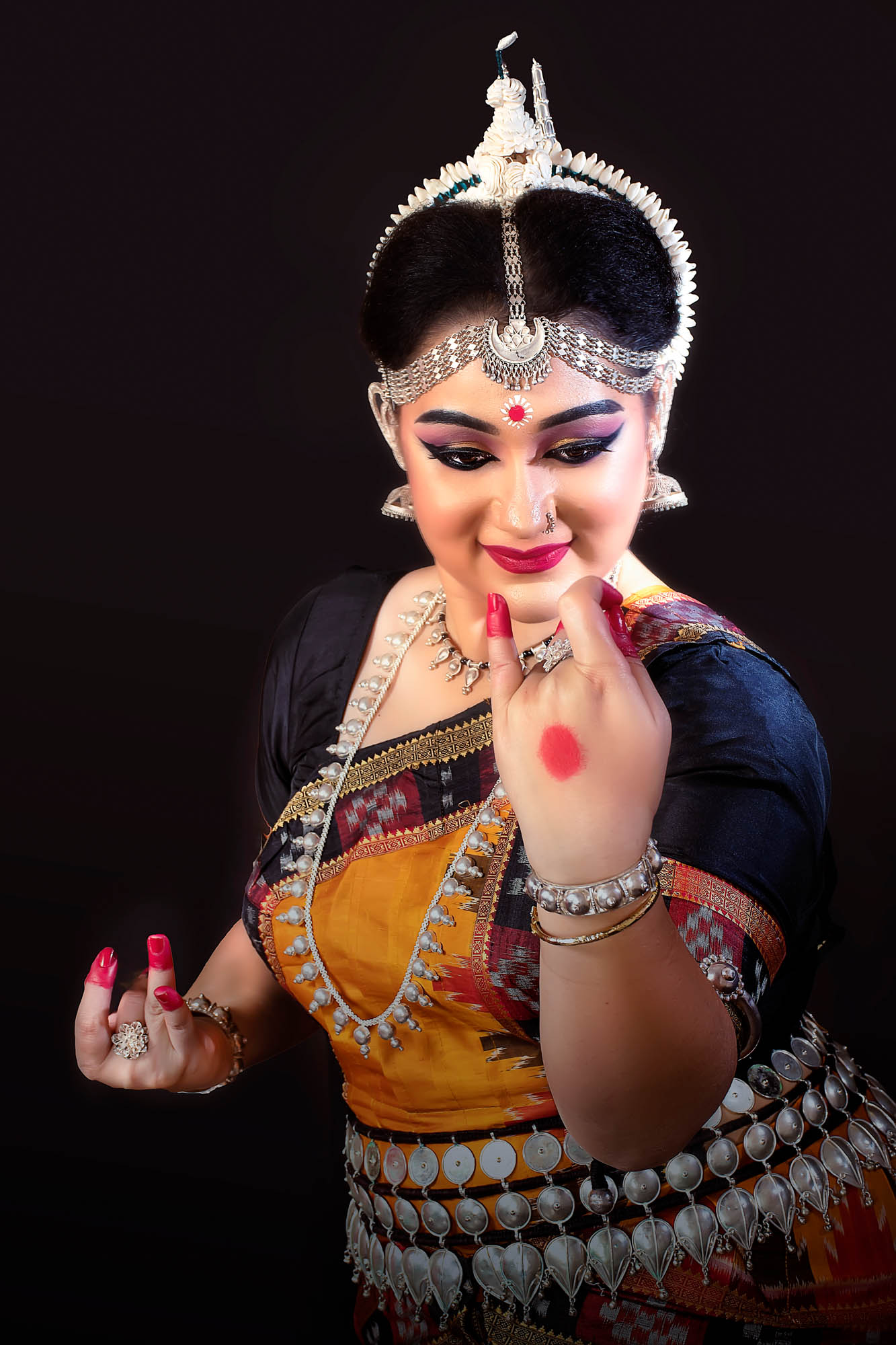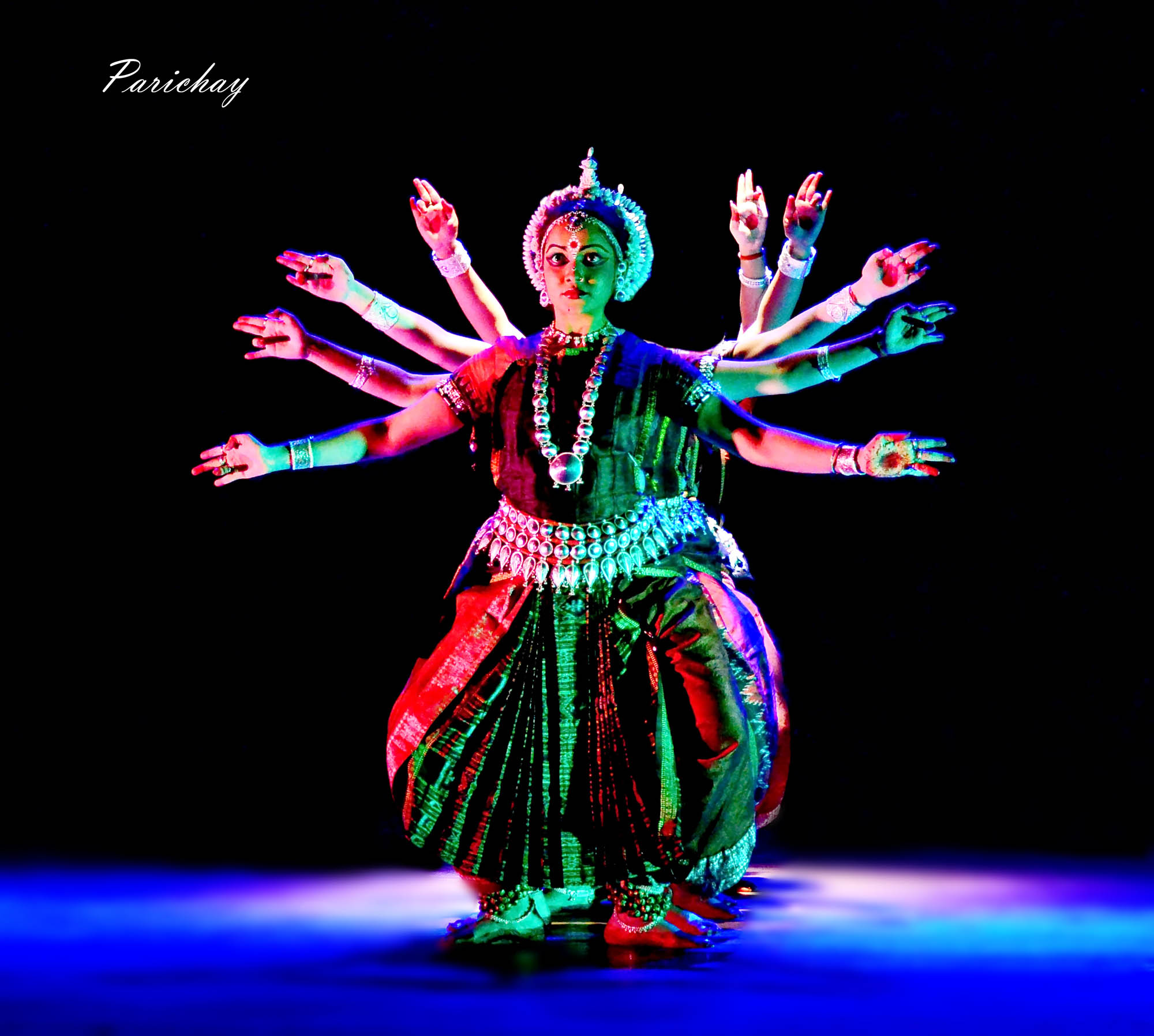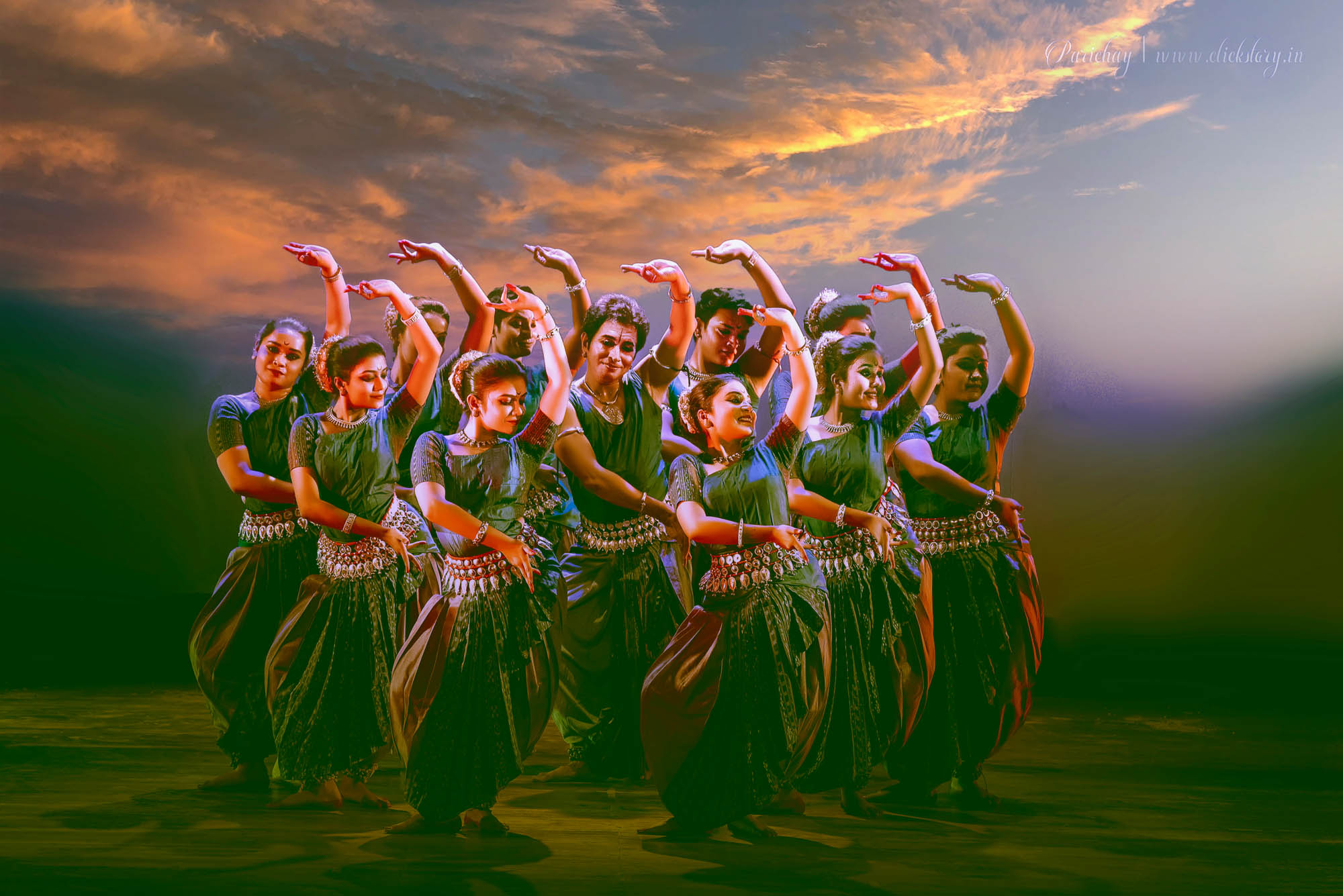
Odissi has originated from ancient northern India. The name Odissi refers to the dance style of the state of Orissa in eastern India. Like other classical arts of India, Odissi also face difficulties to survive and by the 1930s and 40s, there were very few surviving practitioners of the art.
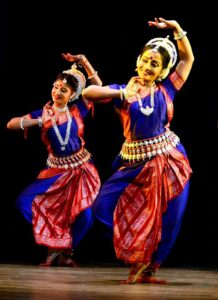
Based on Natya Shastra, Odissi is regarded as one of the oldest surviving dance forms of India, with well preserved archaeological evidence. It has originated from Orissa and its history can be traced back to the 2nd century BC. The dance form has been extensively depicted in the sculptures of Brahmeswara temple and Sun Temple at Konark.
The current form of Odissi is the product of a 20th century revival. Over the years Odissi has become one of the most popular classical dance styles.
Facets of Odissi dance
Like other Indian classical dance forms, Odissi has two major facets: Nritta or non-representational dance, in which ornamental patterns are created using body movements in space and time; and Abhinaya, or facial expressions are used to interpret a story or theme.

The divine love tales of Radha and the cowherd God Krishna are favourite themes for interpretation, and a typical recital of Odissi will contain at least one or two ashtapadis (poem of eight couplets) from Jayadeva’s Gita Govindam, which shows the complex relationship between Radha and her Lord.
The technique of Odissi includes repeated use of the tribhangi, (thrice deflected posture) in which the body is bent in three places, the shape of a helix. This posture and the characteristic shifting of the torso from side to side, make Odissi a difficult style to execute. The language of the music is Oriya.

